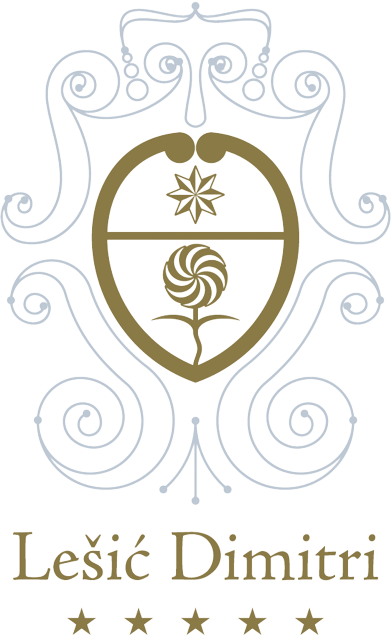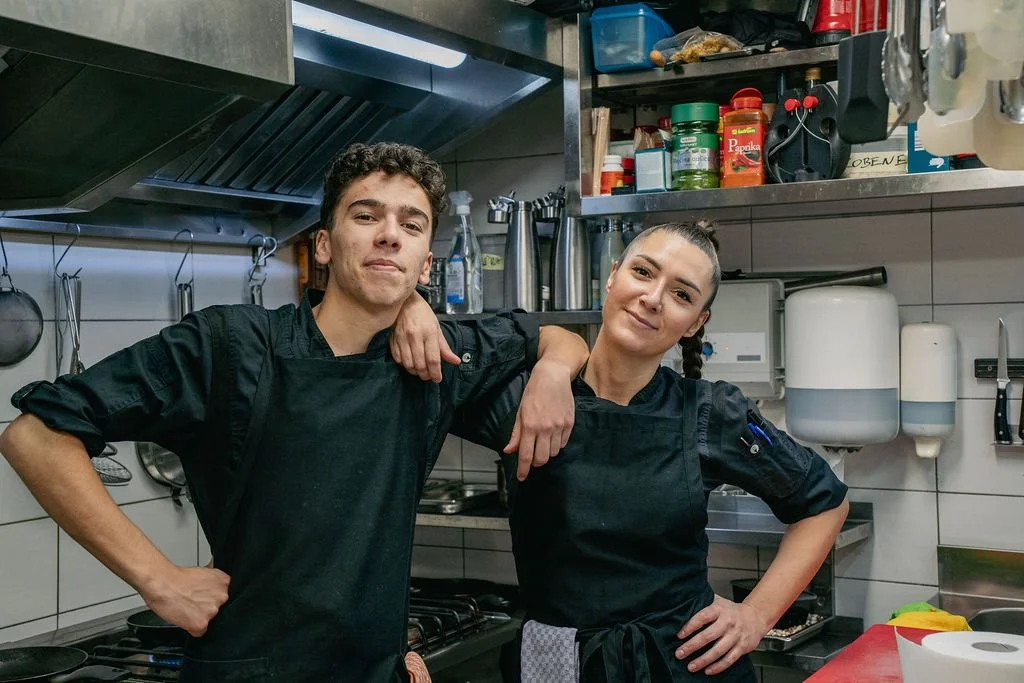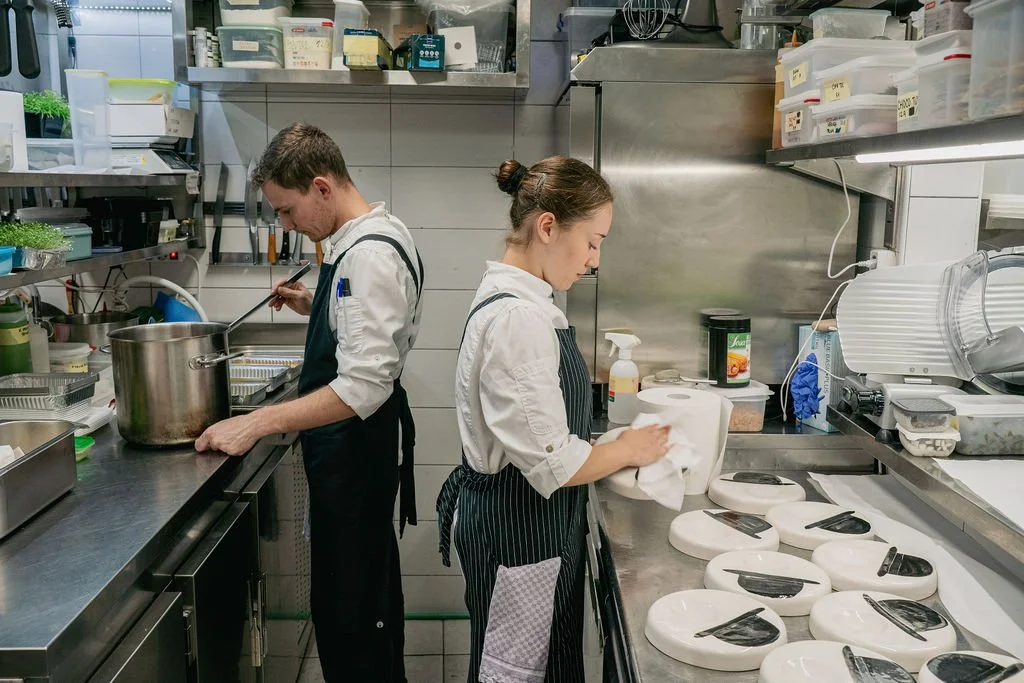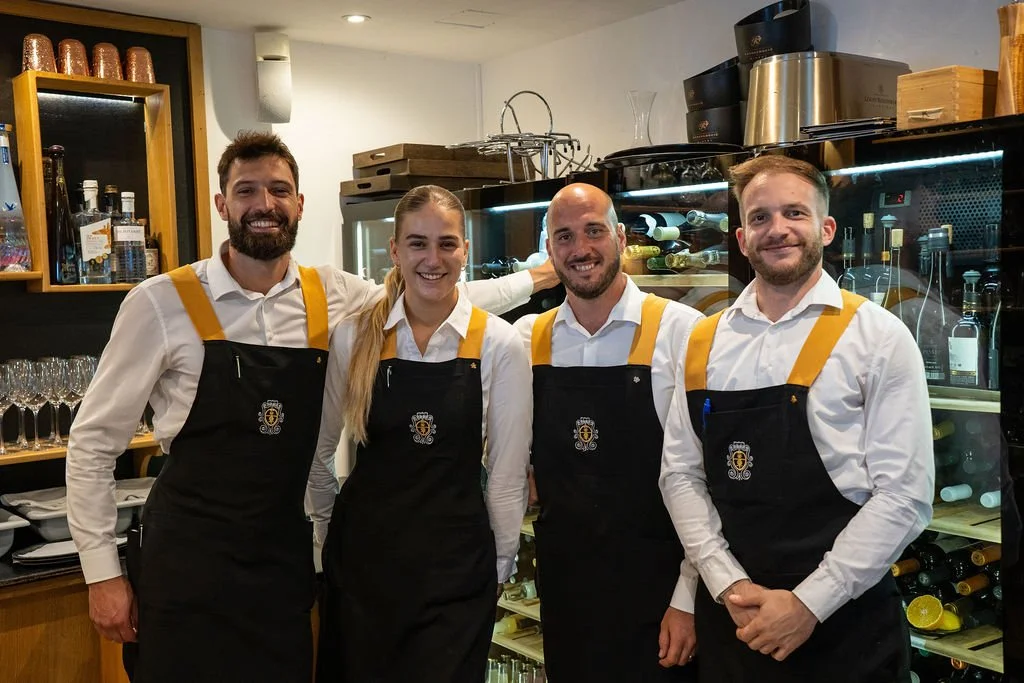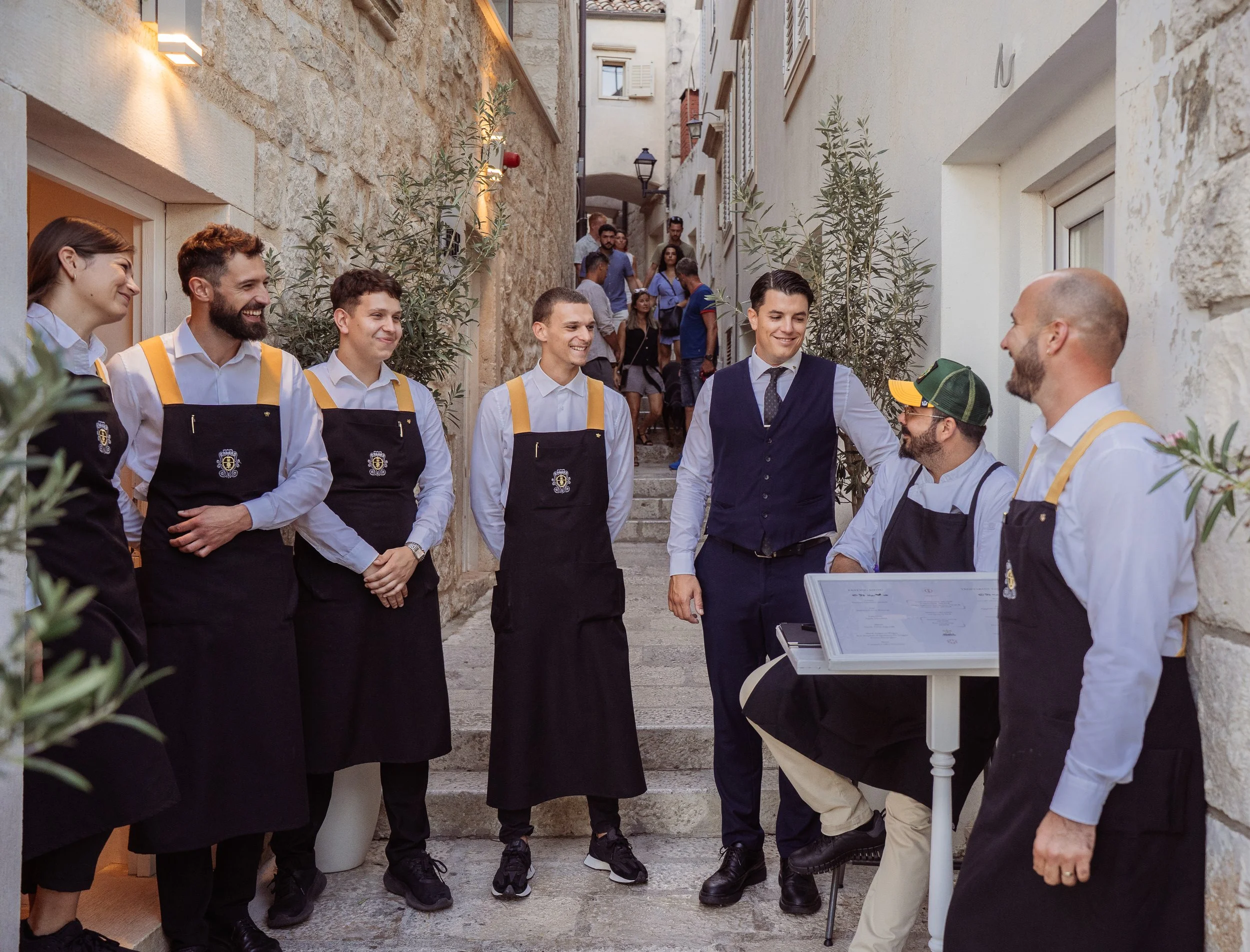
LD TEAM
Our Head Chef and sommeliers work in partnership to create an authentic Korčulan dining experience.
Our service team is comprised of highly motivated and creative individuals
and we are all united in our commitment to offer a genuine ‘taste’ of Korčulan culture.
LD Restaurant holds a Michelin star since 2020,
which was successfully confirmed for the 6th year in a row.
Head Chef Marko Gajski
One of the most talented of the new generation of young Croatian chefs, Marko graduated from college as an IT engineer who developed a strong passion for cooking. Within a few years he was appointed Head Chef at DiVino Restaurant in Hvar (2011-2014) from where he moved to become Head Chef at Perivoj Restaurant in Split (2015-2016). In 2014 he also spent time staging in London with Gauthier Soho, Bar Boulud at the Mandarin Oriental Hyde Park Hotel, and Alain Ducasse at the Dorchester Hotel
“Inspiration is all around us.
It's just a matter of surrounding yourself with the environment
and focus on what mother nature provide us with each season."
Q & A
LD TEAM & MARKO GAJSKI: Head Chef
Is the relationship between Head Chef and Head Sommelier an important one?
It is extremely important because we believe passionately in paring our dishes with the correct wines and oils to create a perfectly balanced tasting experience.
Croatian wines are not well known outside Croatia. What can you tell us about the local wines?
Croatian wines have had a presence in Europe for centuries. This small island of Korčula - connected to the Pelješac Peninsula by a narrow sea channel - is a precious micro location, producing two exceptional, indigenous white grape varieties: Pošip and Grk. There are only eight producers of Grk, making on the average 35,000 bottles per season. The taste is elegant, pure and unique to the wine from these vineyards.
Does this grape variety grow anywhere else?
Because of the “best story ever” among all indigenous Croatian grape varieties Grk is planted more and more outside the Island of Korčula but only Lumbarda village has sandy soil in its narrow valley that leads down towards the seashore – it’s an exceptional place. This is where the Grk grape variety originated and gives its best. The Grk vine also only has a female flower so we have to grow a pollinator beside it. It’s a very fine, premium crop and can be traced back to the Greek agricultural colonists who arrived on this island in the 4th Century BC.
You have spoken about how the Palace prides itself on creating dishes that are inspired by traditional recipes – can you talk more about that?
We want to represent our experience here in Korčula, our unique history and maritime culture in our guest’s dining experience.
For example, Komiška pogača is one of the oldest Croatian recipes. According to some historical sources it was the seamen who brought the recipe for dough from India and enriched it with those ingredients they had on the island of Vis (middle Dalmatia) - tomatoes, onions and slated anchovies.
This perfect Dalmatian bite was inspiration to create an a la carte dish that reflects the splendour of its simplicity. The biggest challenge was to prepare the dough that would reproduce that moment when the fresh and crusty cake is served.
Our dough is prepared in a several different steps: it is firstly cooked, then it is blended, rolled out, frozen, dehydrated and in the end it is fried. Common onion is replaced with onion marmalade, garlic is replaced with garlic cream, parsley is blended with parsley flavoured olive oil and instead of tomatoes we use tomato confit.
The outcome is a dish representing a modern interpretation of Komiška pogača that is hard to say no to.
Is inspiration by traditional recipes reflected in the Head Chef’s commitment to cook food in tune with seasonal produce?
Yes, we are in tune on this topic! The seasons bring us different gifts from the land and sea. The first rays of spring entice the wild greens from the hills of the Pelješac Peninsula – this is where we gather our wild asparagus and wild Mediterranean herbs.
Easter is the month for fresh oysters from Ston and the gilthead bream; in early summer the blue fish start diving out of the sea onto our plates. Wild strawberries and the sweetest Adriatic lobster in June; in summer local fruits burst with the heat and the Scorpion fish is also a delicacy.
In early autumn, the vines are harvested and octopus and squid appear on our menus. As winter approaches we fall into the ground, celebrating the intense and earthy flavours of local truffles and root vegetables along with hunted red meat. This is our food calendar paired with exquisite wine harvested from an endless array of islands and hillside slopes dotted with small winegrowing estates. It is all about wild combinations! We endeavour to always honour nature’s cycle – and balance.
